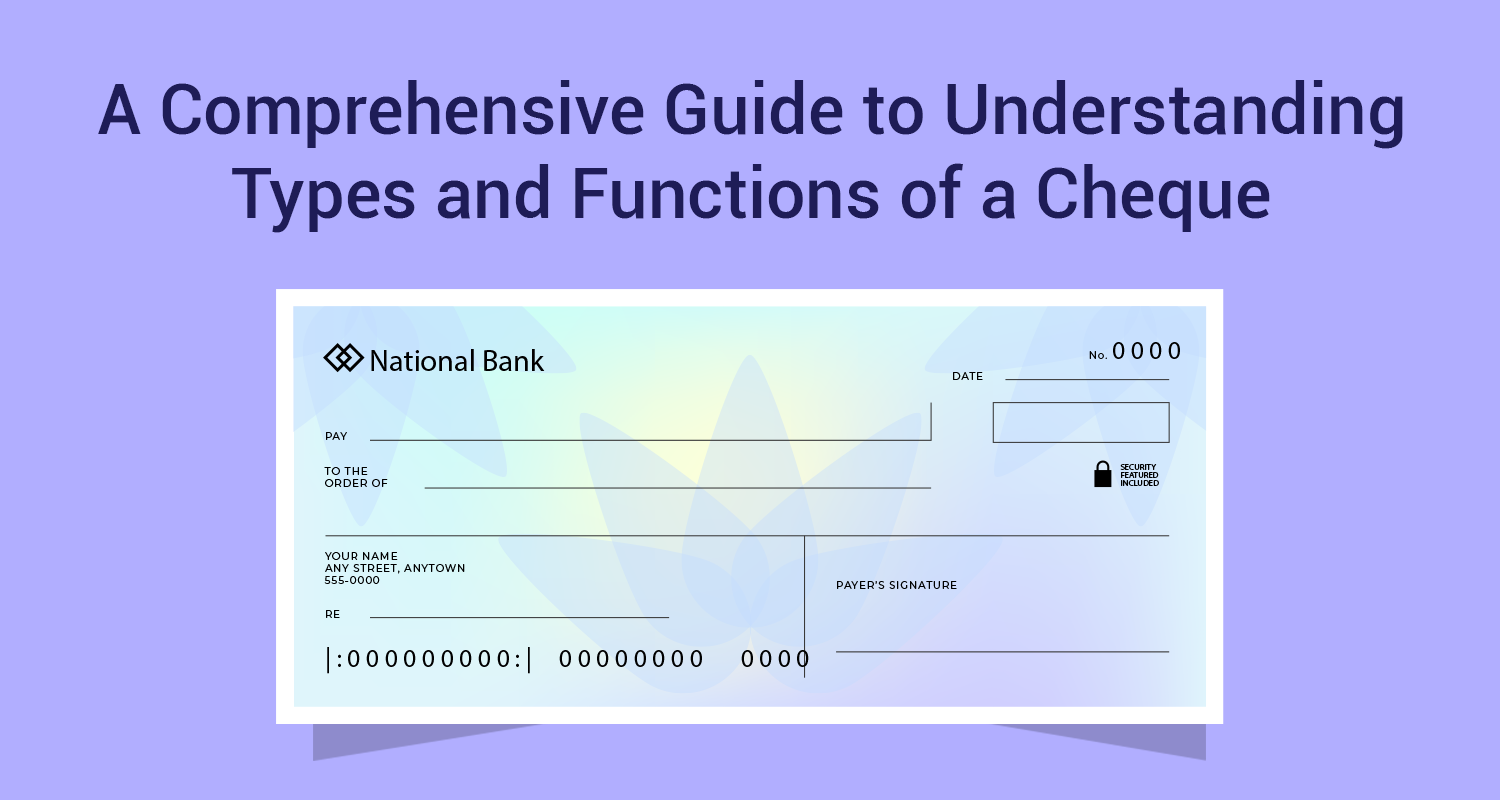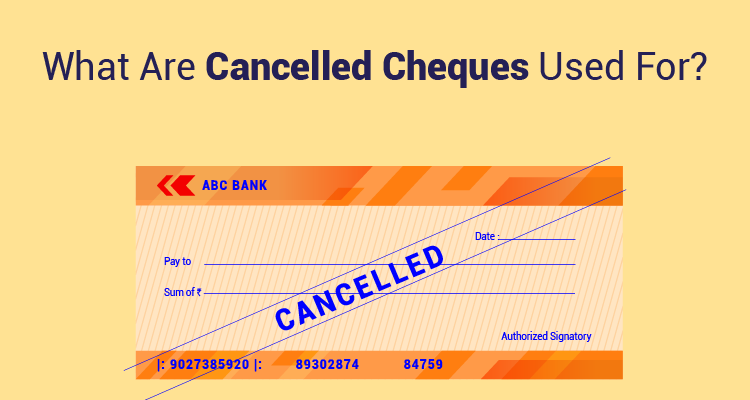Tax Saving Investments with Life Insurance

Maximizing tax savings is one of the major concerns for most people nowadays. As a result, a person considers any advice valuable, which helps them save tax. The problem with this approach is that, although it might provide short-term benefits of lower tax but you might end up incurring lower profits over long-term. Tax saving should always be a combined implementation of a long-term wealth creation and savings.
Most people in India buy life insurance for the sole purpose of tax saving and end up buying a mixture of insurance and investment like endowment plans, money back plans etc. People forget that the main principle of life insurance is to protect the future of dependents and cover all expenses, in the case of death of the policyholder.
Consider the combination of TV and DVD player seems like a great combination initially. But once you end up with the worst of both products you won’t be able to enjoy its benefits for long. This situation is similar with investing. Instead of providing some kind of synergy by combining the two, you end up with the worst of both worlds.
The best and cheapest option is to purchase a term plan. With being cheap, it also offers sum assured in case of death of the insured. Some people hesitate to opt for a term plan since it lacks survival benefits. But the money saved by not buying traditional insurance plans like money back, the endowment can be invested in other higher return-generating assets. This additional investment grows into even a bigger corpus over a longer tenure.
Example:
Let us consider two persons of same age (25 years) want to buy an insurance of Rs 1 Crore for 30 years each.
1. Mr. X decides to purchase an endowment policy for 30 years at the age of 25 for the sum assured of Rs 1 Crore. If he is alive until the maturity of the policy, he will receive Rs 2.14 Crore. But the return he will earn is 5.34% (XIRR).
| Particulars | Endowment policy |
| Annual premium | Rs. 2,88,100 |
| At maturity (30 yrs) | Rs. 2,14,00,000 |
| Returns (XIRR) | 5.34% |
2. Mr. Y decides to purchase a term plan of Rs. 1 Crore at a premium of Rs 14,607 per annum. He also decides to invest the rest amount Rs 2,73,493 per annum, in an equity mutual fund at an average return of 10% p.a.
| Particulars | Term insurance | Investment |
| Annual premium | Rs. 14,607 | Rs. 2,73,493 |
| At maturity (30yrs) | - | Rs. 4,49,87,963 |
| Returns (XIRR) | - | 9.25% |
Here, If Mr. Y stays alive till the maturity of the policy then he will not get back the premium paid for the term plan. But the return generated from the investment is ~4% higher than the endowment plan. More importantly, an investment in equity mutual funds also provides tax benefits.
Conclusion:
As you can see, it does not make sense to buy a life insurance policy only for the sole purpose of tax saving. Doing that you would be missing on an opportunity to earn higher returns along with sufficient insurance cover.
Disclaimer : The information in this blog is for general purposes only and may change without notice. It does not constitute legal, tax, or financial advice. Readers should seek professional guidance and make decisions at their own discretion. IIFL Finance is not liable for any reliance on this content. Read more



